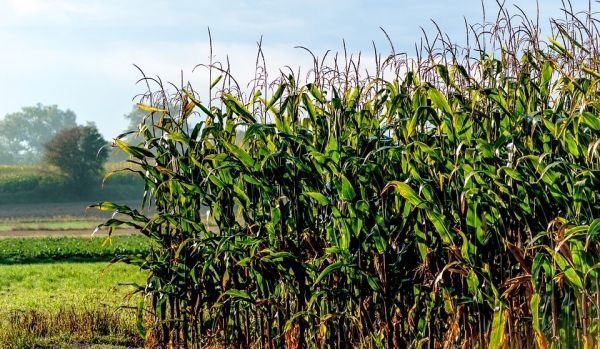The agriculture industry is in a tough spot; it’s simultaneously tasked with feeding a growing population and minimizing its environmental footprint. For corn breeders, that means improving nitrogen-use efficiency and crowding tolerance, all while maximizing yield. The first step, according to a new study from the University of Illinois, is understanding the genetic yield potential of current hybrids.
“Growers and breeding programs need to understand which hybrids have stable yields across environments or are able to produce greater yields with more fertilizer and higher plant populations,” says Fred Below, professor of crop physiology in the Department of Crop Sciences at U of I and co-author on the study.
A hybrid with high yield stability is less responsive to the environment – it will perform consistently in sub-optimal and optimal conditions. It’s a workhorse: dependable, but not flashy. Alternatively, a hybrid with high adaptability will yield like gangbusters when planted in optimal conditions, but may let farmers down in a bad year. It’s more like a racehorse: it’ll go, but it’s finicky.
The problem is that current commercial breeding programs develop their elite hybrids under optimal conditions – high levels of nitrogen fertilizer and plenty of space between rows – and only test yield responses to different crop-management practices at the pre-commercial stage. That means there is a limited understanding of each hybrid’s stability and adaptability under variable conditions.
Read more at University of Illinois College of Agricultural, Consumer and Environmental Sciences
Photo Credit: adamtepl via Pixabay


